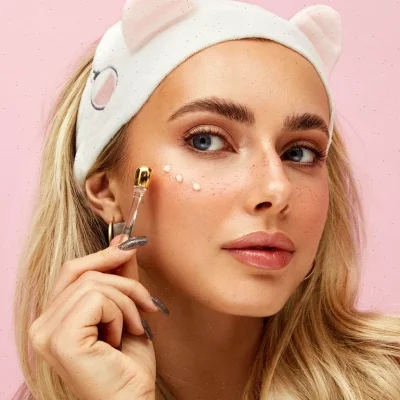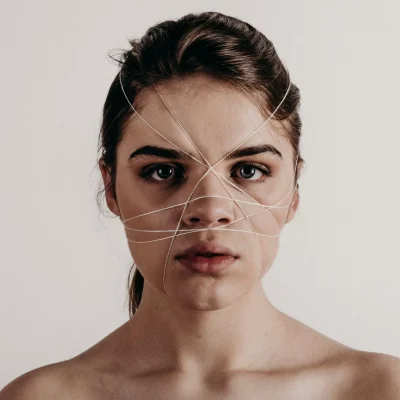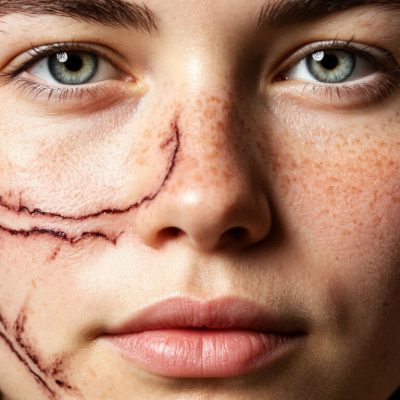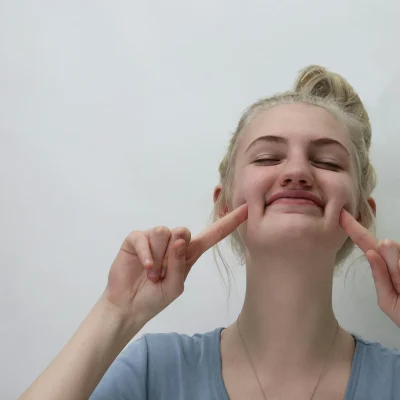“No cream seems to help—those little lines above my lip just won’t go away.”
“I’m still young… so why is there this crinkled ‘accordion’ effect on my face?”
Sound familiar?
Whether we’re speaking, smiling, or simply sitting in silence, our lips—along with our eyes—draw the most attention. That’s why vertical lip lines (also known as smoker’s lines or perioral wrinkles) can be especially frustrating. These fine creases just above the upper lip often age us prematurely and disrupt even the most flawless makeup.
So what actually causes these fine lines—and how can we smooth them out naturally or with professional treatments?
Let’s dive into the top three reasons behind perioral wrinkles and explore proven ways to reduce their appearance.
Reason #1: Muscle Overstrain Around the Mouth (Hypertonicity)
Although often linked to aging, perioral lines can show up on youthful faces too. The root cause? Not always age, but repetitive facial expressions—specifically, the constant tension of the orbicularis oris muscle.
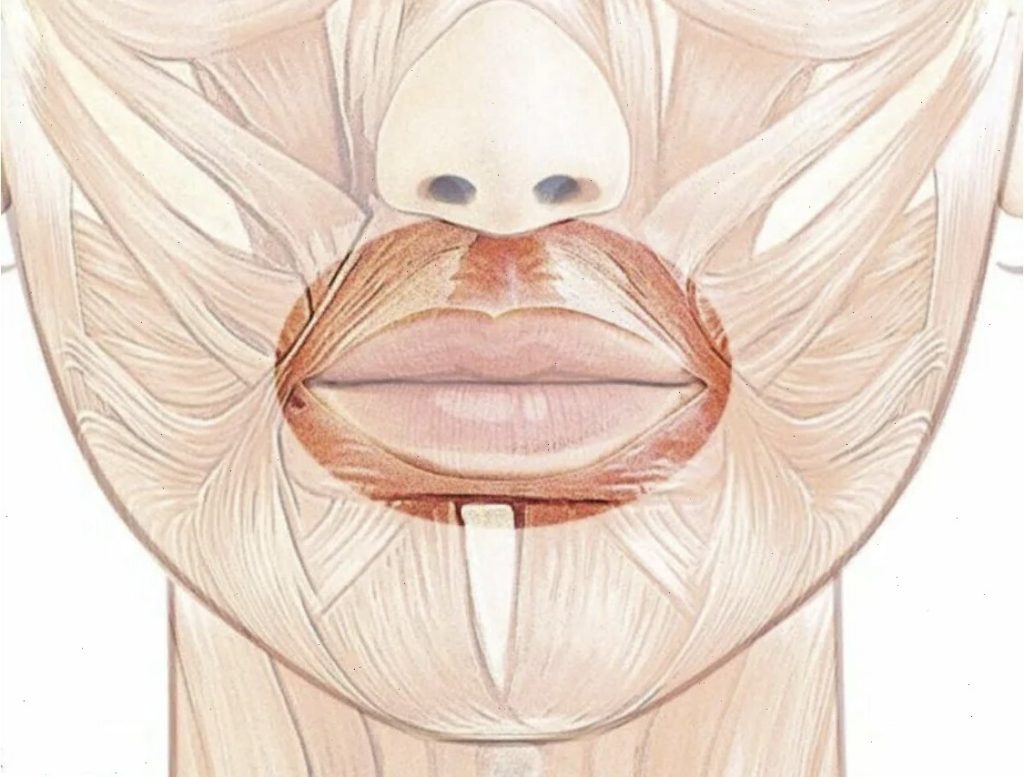
This ring-shaped muscle surrounds the mouth like a drawstring. When it contracts, we pucker, speak, or express emotion. But with repeated use, it becomes tight, shrunken, and less elastic. The overworked muscle starts pulling on the overlying skin, causing it to gather and crease—hence the telltale vertical lines.
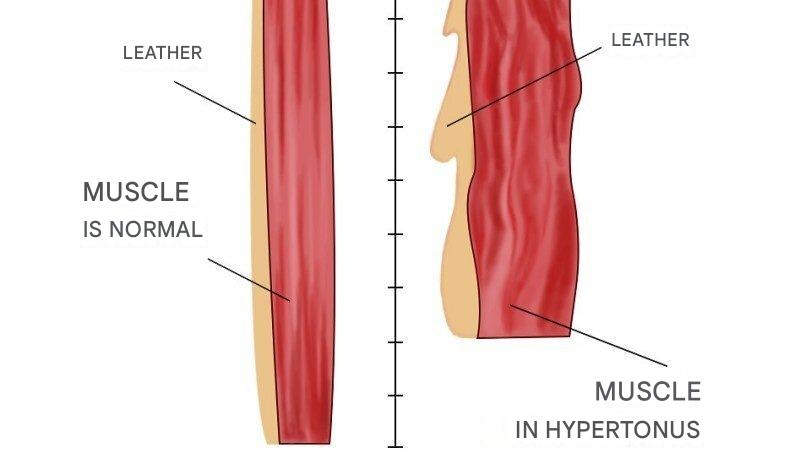
The main culprits behind this muscle tension?
- Chronic stress. Anxiety and negative emotions like frustration or resentment often cause us to clench our mouths unconsciously. That constant “tight lip” habit creates premature creasing—even in our twenties or thirties.
- Exaggerated facial expressions. Think pursed lips when annoyed, or habitually pouting like a “duck face.” These micro-movements add up over time.
- Speaking with tension. Many of us speak without fully articulating words, relying mostly on our lips. This places excessive strain on the surrounding muscles.
- Smoking. Smoking—both traditional and electronic—forces repetitive puckering. On top of that, it dehydrates the skin and restricts blood flow, fast-tracking wrinkle formation.
Solution: Relax and Reprogram the Mouth Muscles
Start by addressing the sources of tension:
- Identify your stressors. Keep a journal to pinpoint what regularly triggers anxiety, whether it’s certain people, situations, or environments. Strategize how to reduce or avoid these triggers.
- Practice resilience. Incorporate stress-reduction tools like mindfulness, yoga, light cardio, or daily moments of stillness into your routine.
- Monitor your facial expressions. Stick reminder notes near your workspace or set phone alerts to soften your expression. Reading aloud also helps promote full articulation and muscle coordination beyond the lips alone.
- Quit smoking. Consider gradually cutting back or consulting a specialist. Prioritizing your skin’s long-term health is a powerful act of self-care.
Add this simple massage to your morning and evening rituals:
- Cleanse your face and hands thoroughly.
- Purse your lips gently forward.
- Using your thumb and index fingers, pinch the skin lightly along the lip line from one corner to the other.
- Alternate pressure between left and right hands, mimicking a “kneading” motion.
- Continue for 1–2 minutes.
Want a deeper reset? Our 2-in-1 facial and body spa treatment in our Moscow studio combines enzymatic exfoliation, facial muscle release massage, and full-body relaxation to target stress and skin fatigue simultaneously.
Reason #2: Loss of Skin Tone and Moisture
Another leading cause of lip wrinkles is compromised skin integrity—specifically, a decline in elasticity and hydration.
Three essential elements support youthful, resilient skin:
- Collagen provides firmness and structure.
- Elastin allows the skin to bounce back after stretching.
- Hyaluronic acid helps maintain moisture levels from within.
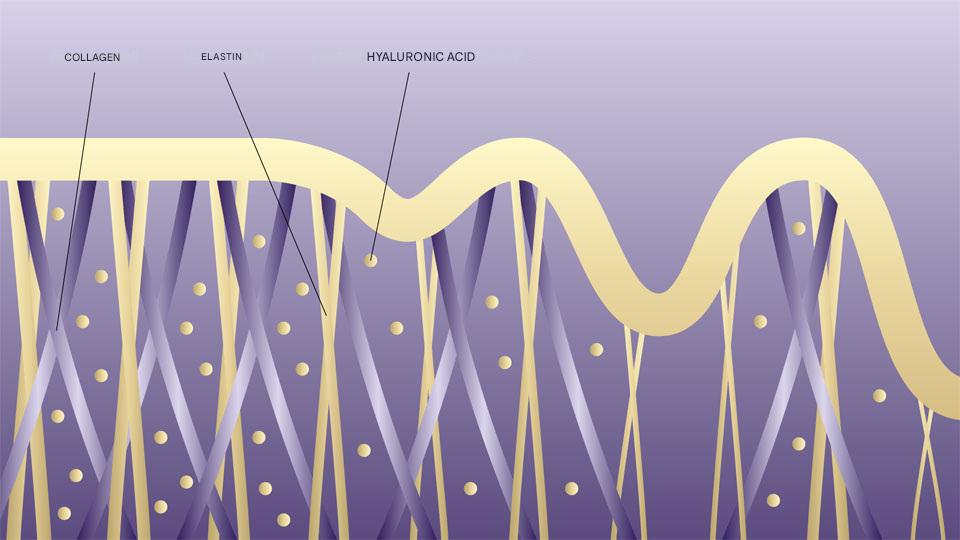
All three are produced by fibroblasts, deep within the dermis. But several lifestyle and environmental factors can impair their production:
- Harsh skincare. Over-cleansing with sulfate-based products (like SLS, SLES, or ammonium lauryl sulfate) can strip the skin’s natural barrier, causing dryness and micro-damage.
- UV exposure. While UVB rays cause sunburn, UVA rays penetrate deeper and destroy collagen, elastin, and hyaluronic acid—accelerating photoaging. UV exposure also increases free radicals, which trigger oxidative stress and cellular breakdown.
- Poor diet. Diets high in sugar and processed carbs promote glycation—a biochemical reaction where sugars bond to proteins, creating toxic compounds (AGEs) that damage collagen and elastin fibers.
- Aging. With time, fibroblast activity slows. Blood circulation decreases. Skin becomes thinner, duller, and more vulnerable to wrinkling.
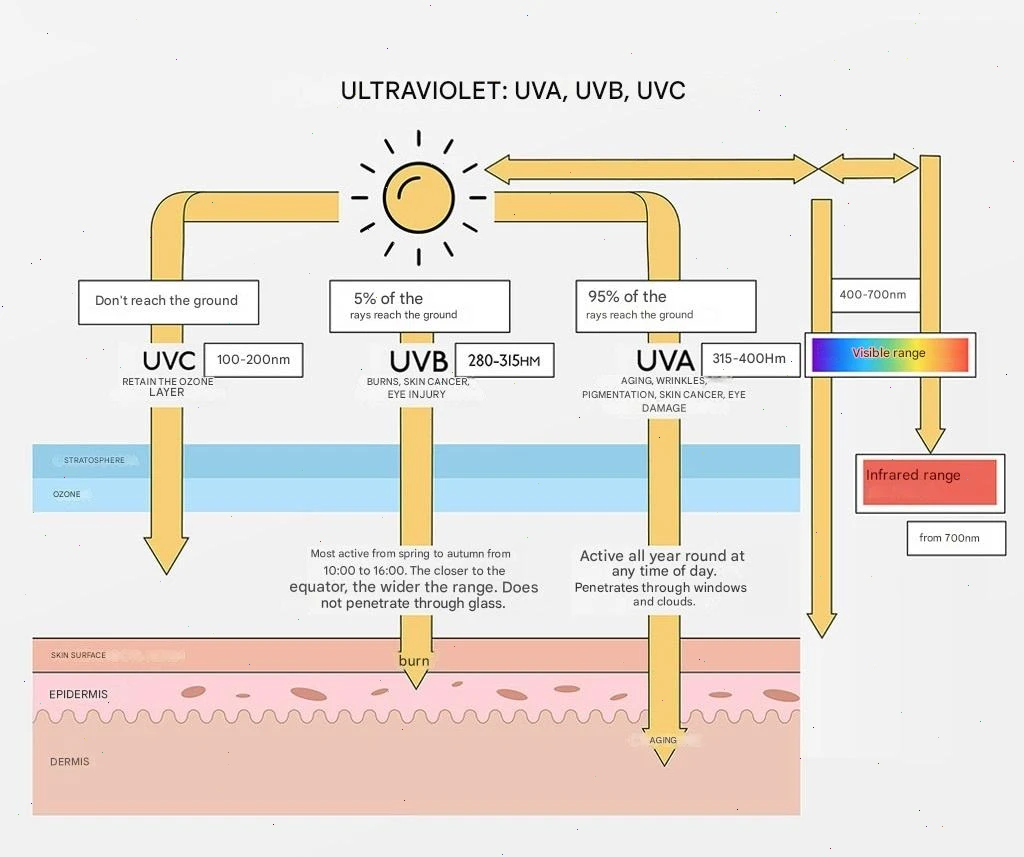
Solution: Nourish and Protect the Skin Holistically
- Choose gentle cleansers. Look for ingredients like Cocamidopropyl Betaine or Disodium Cocoamphodiacetate—non-stripping yet effective.
- Wear daily SPF. Protect against both UVA and UVB rays. Look for “broad-spectrum” or PA/UVA-PF markings, and reapply throughout the day.
- Incorporate antioxidants. Vitamins C and E, resveratrol, niacinamide, and ferulic acid help neutralize free radicals and delay premature aging.
- Feed your skin from the inside. Opt for a diet rich in lean proteins, omega-3s, B vitamins, and vitamin C. Think: salmon, legumes, nuts, bell peppers, citrus, and leafy greens.
- Add facial massage. Tools like gua sha stones or facial rollers enhance blood flow, reduce puffiness, and support cellular renewal. Use clean hands/tools on freshly washed skin, following upward and outward strokes.
- Try peptides. These powerhouse ingredients communicate directly with skin cells, encouraging collagen production and deep tissue repair. Copper peptides aid nutrient delivery, while Palmitoyl peptides and EGF (epidermal growth factor) awaken fibroblasts.
Want professional results? Our “No-Needle Mesotherapy” facial delivers concentrated peptides via airbrush technology, followed by LED light therapy to boost skin regeneration.
Reason #3: Deep Tissue Volume Loss
Finally, one often-overlooked contributor to upper lip wrinkles is the loss of facial fat in the deeper layers of the skin.
Though it’s trendy to slim the face, facial fat plays a crucial role in maintaining smooth, youthful contours. It acts as a cushion, supports hydration, and prevents sagging.
When facial fat diminishes—either from rapid weight loss or hormonal changes—skin begins to deflate, creating hollows and creases.

Two main culprits?
- Dramatic weight loss. Rapid dieting and extreme workouts can strip fat reserves faster than skin can adapt—leading to sagging and etched-in wrinkles.
- Hormonal shifts. Especially post-menopause, declining estrogen levels affect fat distribution and skin density.
Solution: Preserve Volume and Balance
- Avoid crash diets. Choose gradual weight loss through moderate calorie deficits and increased activity. This prevents skin laxity and supports sustainable results.
- Consult a hormone specialist. If you’ve noticed facial thinning or other signs of menopause, an endocrinologist can recommend hormone-balancing strategies and supplements to support skin vitality.




